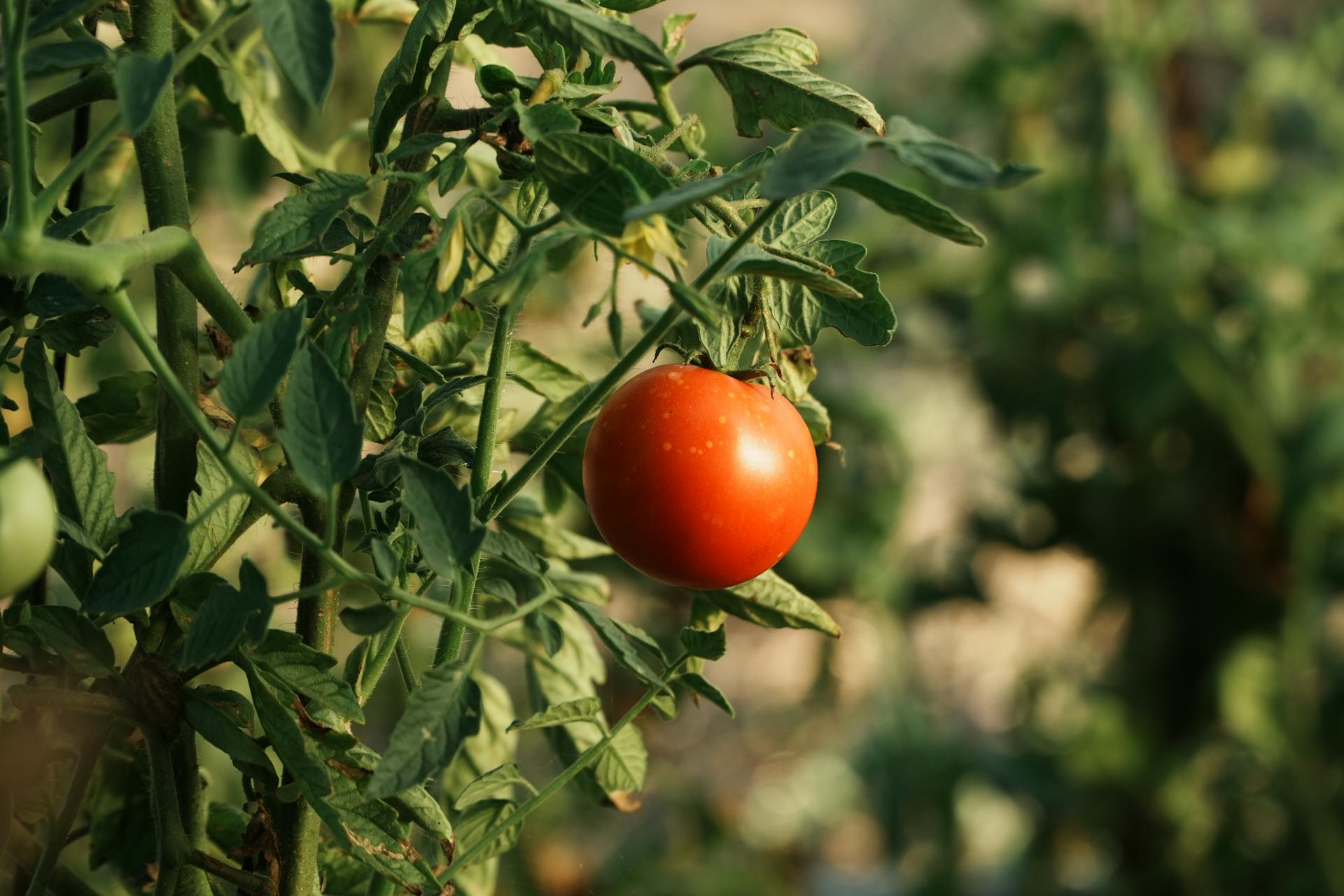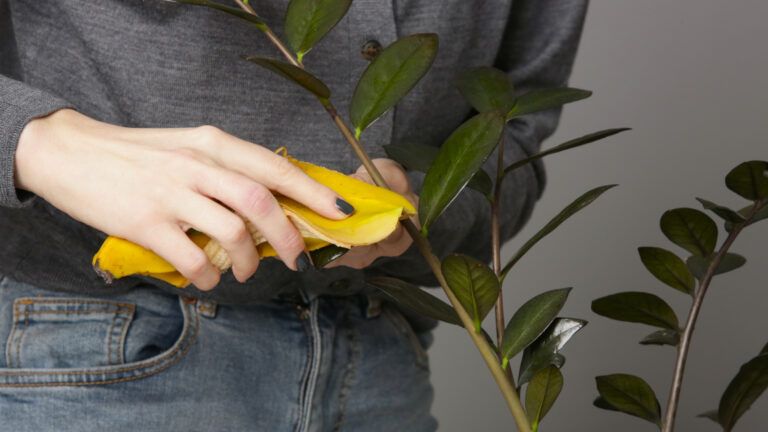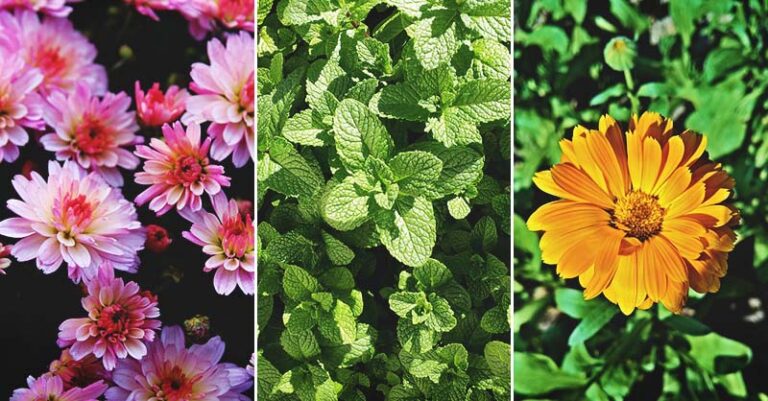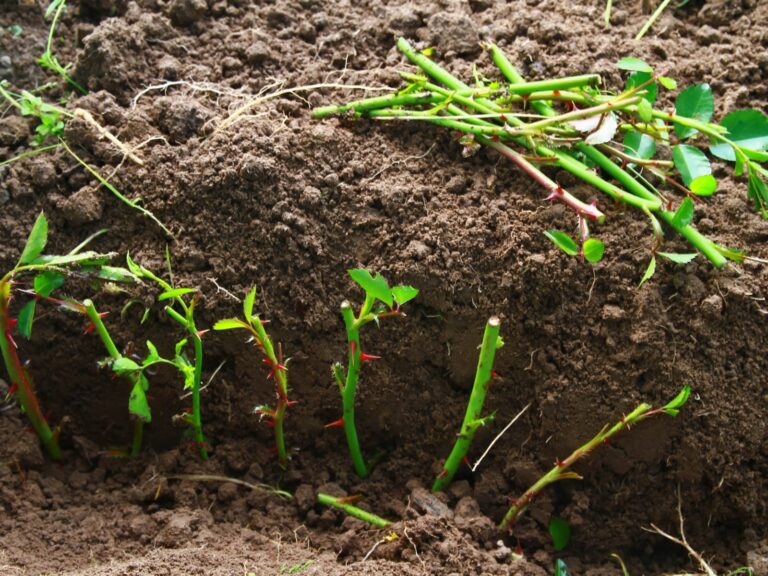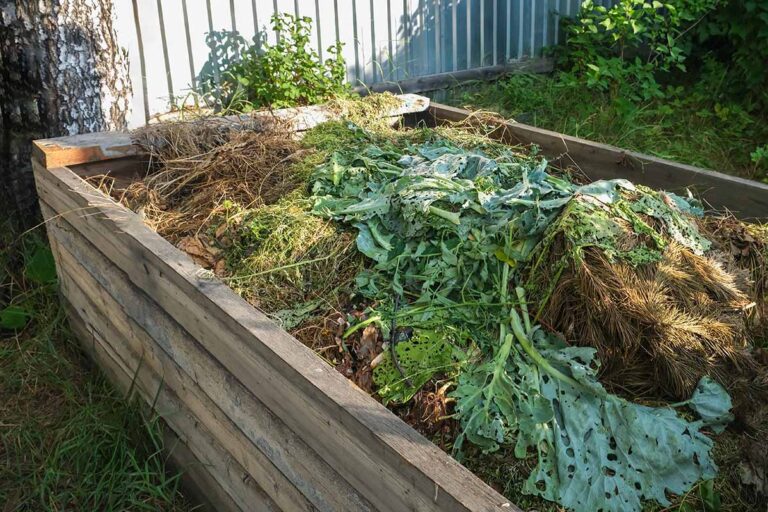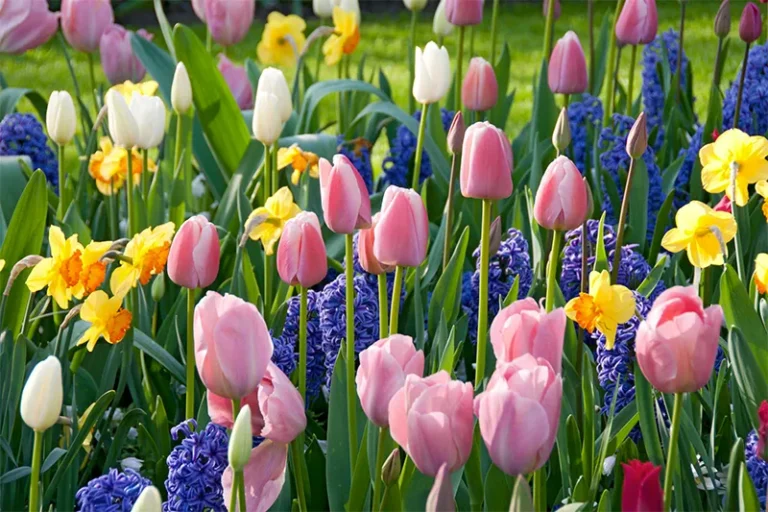7 Proven Strategies to Extend Your Tomato Harvest Into Fall for Maximum Flavor
The start of autumn brings cooler temperatures which marks the end of tomato season but gardeners who move fast can still pick their crops throughout the fall season. Season extension methods which gardeners have proven effective enable them to obtain 4-8 weeks of fresh vine-ripened harvests beyond typical growing seasons. The understanding of tomato responses to temperature decrease helps determine when to apply intervention methods.
Tomato plants redirect their energy from leaf development to fruit ripening during periods of shorter daylight and cooler temperatures. The natural transition between seasons together with cultural practices and protective measures enables farmers to obtain harvests that match the quantities of peak summer seasons. The solution requires understanding and working with the natural biological cycles of the plant instead of fighting against them.
Strategic timing and proper variety selection can literally double your harvest window, giving you fresh tomatoes well into October and November in most zones.
Strategic Variety Selection for Fall Production Success
The selection of suitable crop varieties for extended harvest success depends on your local climate conditions and the timing of your first frost. Fast-maturing varieties require 55-70 days after transplanting to become ready for harvest which makes them suitable for succession plantings and fall production cycles.

The best performance of cold-tolerant varieties occurs during autumn months:
- ‘Glacier’ produces 2-3 inch fruits in just 55 days and continues setting fruit at temperatures as low as 50°F
- The Czechoslovakian ‘Stupice’ variety produces delicious taste while maturing in only 60 days under harsh weather conditions
- The ‘Siberian’ variety can withstand light frost to produce 4-6 ounce fruits
- The ‘Oregon Spring’ variety produces its fruit when temperatures remain cool which makes it suitable for cultivation in Pacific Northwest gardens
- The short growing season of ‘Sub-Arctic Plenty’ allows it to reach maturity in only 45 days
The cold tolerance of cherry and grape tomatoes exceeds that of bigger tomato varieties. ‘Sweet Million’ produces heavy clusters of fruit even when the temperature drops to 40 degrees Fahrenheit and ‘Sungold’ retains its tropical sweetness during cooler months. ‘The Black Cherry variety produces sophisticated smoky notes when temperatures decrease which attracts gourmet gardeners to this plant.
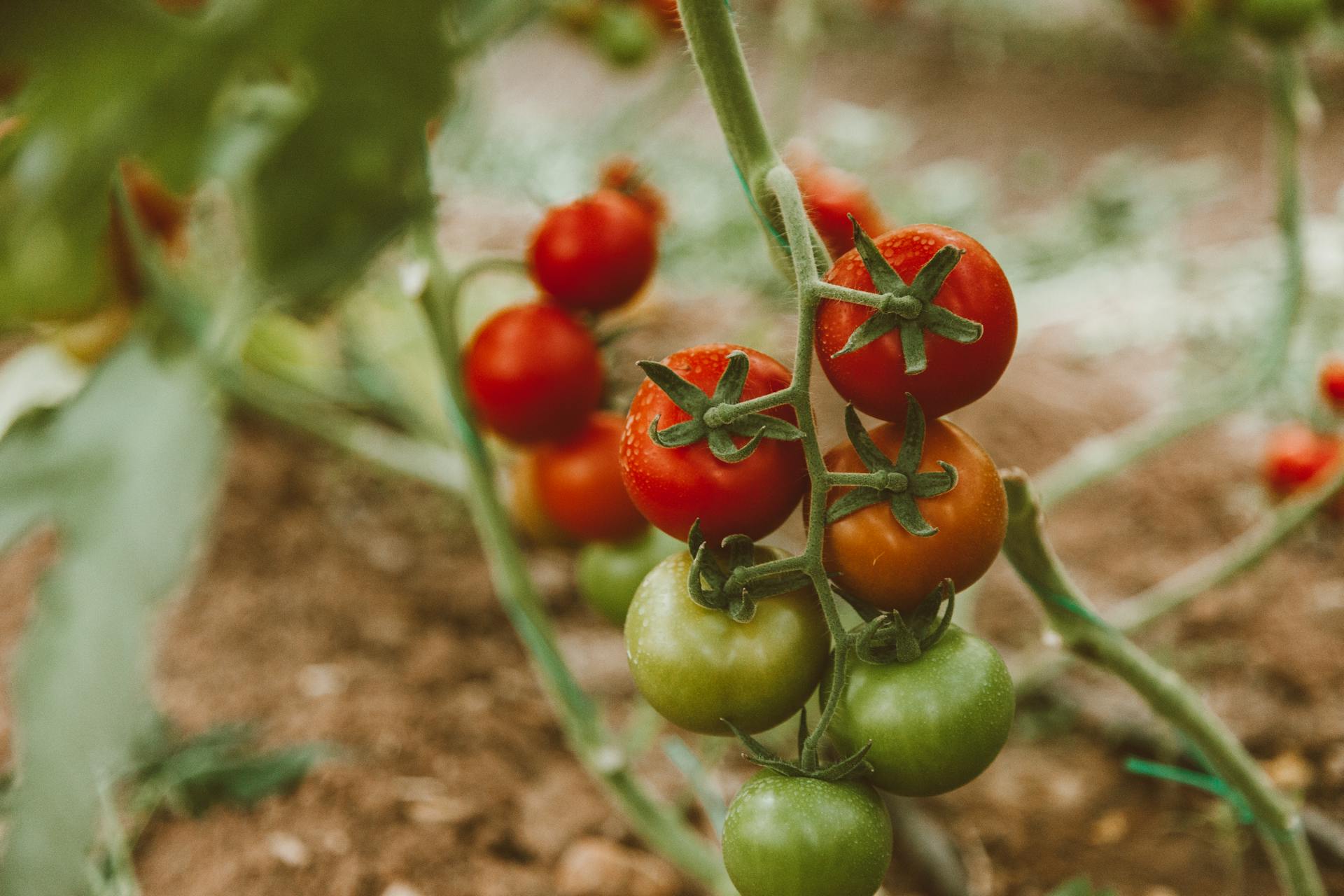
The two types of varieties known as determinate and indeterminate serve distinct purposes for fall extension. Determinate varieties produce their harvest during a short 2-3 week period which makes them suitable for gardeners who want one big harvest before winter frost arrives. The indeterminate varieties will keep producing until frost kills them which results in smaller but continuous harvests throughout the growing season. Strategic gardeners choose to grow both determinate and indeterminate tomato varieties because determinate plants produce large harvests while indeterminate plants keep producing throughout the season.
Timing and Succession Planting Techniques
The process of timing succession planting requires exact precision for achieving successful results and proper care adjustments. The most important element for extending tomato harvests is timing which involves counting back from your region’s typical first frost date. The majority of gardeners fail to recognize the proper duration for fruit development which results in unsuccessful outcomes from their autumn planting attempts.
Success in fall tomato production comes down to one critical factor: planting at exactly the right time for your climate zone.
Succession planting schedules by zone:
- The planting of zones 3-4 needs to happen before July 15th to reach September harvests
- Zones 5-6 require planting transplants before August 1st to achieve October harvests
- The process of transplanting seedlings in zones 7-8 needs to happen before August 15th to produce November harvests
- Zones 9-11 require transplanting seedlings between September 1st and September 15th for December through January harvests
Farmers need to check their crops frequently between summer harvest and fall production while implementing new farming methods. The natural process of tomato plants begins their reproductive phase when daylight hours decrease to less than 12 hours per day. The transition to fall can be supported by gardeners who use strategic pruning methods and lower nitrogen fertilizer application and adjust their watering practices.
Start reducing nitrogen-rich fertilizers during late August by moving to fertilizers that contain more phosphorus and potassium. The 5-10-10 fertilizer ratio promotes fruit growth but prevents new vegetative development since it will not reach maturity before winter frost arrives. The final feeding should occur 6-8 weeks before the expected frost season to let plants absorb nutrients effectively while avoiding new growth that would be sensitive to cold temperatures.
Pruning Strategies for Maximum Energy Allocation
The practice of pruning stands as an effective yet poorly understood method for lengthening the time of harvest. The plant allocates its restricted energy resources toward fruit ripening through appropriate pruning techniques because daylight hours decrease and photosynthetic efficiency decreases.

The first step of late-season pruning occurs 6-8 weeks before the first frost when gardeners should eliminate all flowers that measure less than pea size because they will not have enough time to reach full maturity. The plant should direct its remaining energy toward the existing fruits that have formed and show signs of ripening before the arrival of hard frost. The single treatment method produces a 30-40% enhancement in plant ripening efficiency when applied during the late season.
Eliminate suckers growing from leaf axils, particularly those developing below the main fruiting clusters. The vegetative growth of the plant competes with the fruit development for the available carbohydrates and nutrients. The leaves need to stay thick enough to protect the fruit clusters from sunscald when autumn sunlight becomes strong.
The evaluation of selective leaf removal needs precise measurement to achieve proper light penetration and photosynthetic function. Remove all yellowed leaves and diseased or damaged leaves right away because they consume plant resources without helping the fruit production process. Thin dense canopy areas to improve air circulation, reducing disease pressure in humid fall conditions. However, avoid over-pruning that exposes developing fruits to direct afternoon sun, which can cause sunscald even in cooler weather.
Strategic pruning in late season can increase ripening efficiency by 30-40% by redirecting plant energy from unnecessary growth to fruit development.
The successful achievement of fall production targets depends heavily on proper management of the upper canopy layers. The growing tips of indeterminate varieties need to be removed 4-6 weeks before frost season to redirect plant energy toward existing fruit instead of vine extension. The topping method leads to faster and more consistent ripening of all remaining fruits.
Comprehensive Soil and Root Zone Management
The regulation of soil temperature becomes more critical during cold weather because root zone temperatures play a greater role in plant productivity than surrounding air temperatures. Tomatoes maintain active root function down to soil temperatures of 55°F, but growth slows significantly below 60°F.

The application of 3-4 inches of organic mulch should occur during late summer for fall production while covering the complete root zone of plants. The combination of straw and shredded leaves and compost serves as a great insulator while it continuously adds nutrients to the soil. Bark mulch should be avoided for fall applications because it consumes soil nitrogen during decomposition which plants require for maximum nutrient availability.
Dark-colored materials should be used to create soil warming zones because they absorb and radiate heat. Black plastic mulch creates a temperature increase of 5-8°F in the soil during sunny fall days which helps roots stay active for longer periods. However, combine plastic mulch with organic top-dressing to prevent excessive drying and provide nutrients as the organic matter decomposes.
Root zone protection extends below-ground growing zones: Install vertical insulation barriers around container-grown tomatoes using rigid foam board or multiple layers of bubble wrap. The technique heats the root zone area 10-15°F above outdoor temperatures which extends the growing season for potted tomatoes.
The southern orientation of raised beds in in-ground plantings will help to heat up the soil masses through solar energy. The elevated structure of raised beds allows for faster soil warming and improved drainage which creates perfect conditions for roots to develop during autumn. The system protects dangerous waterlogged areas that become more dangerous when winter evaporation rates decrease.
Sophisticated Protection Systems for Frost Mitigation
The process of protecting tomatoes from frost demands knowledge about various frost occurrences and their corresponding protective measures. Radiation frost occurs when clear nights with no wind allow surfaces to lose their heat into space. The development of advection frost needs both wind-driven air masses and moving air. Each type requires its own specific protection techniques.
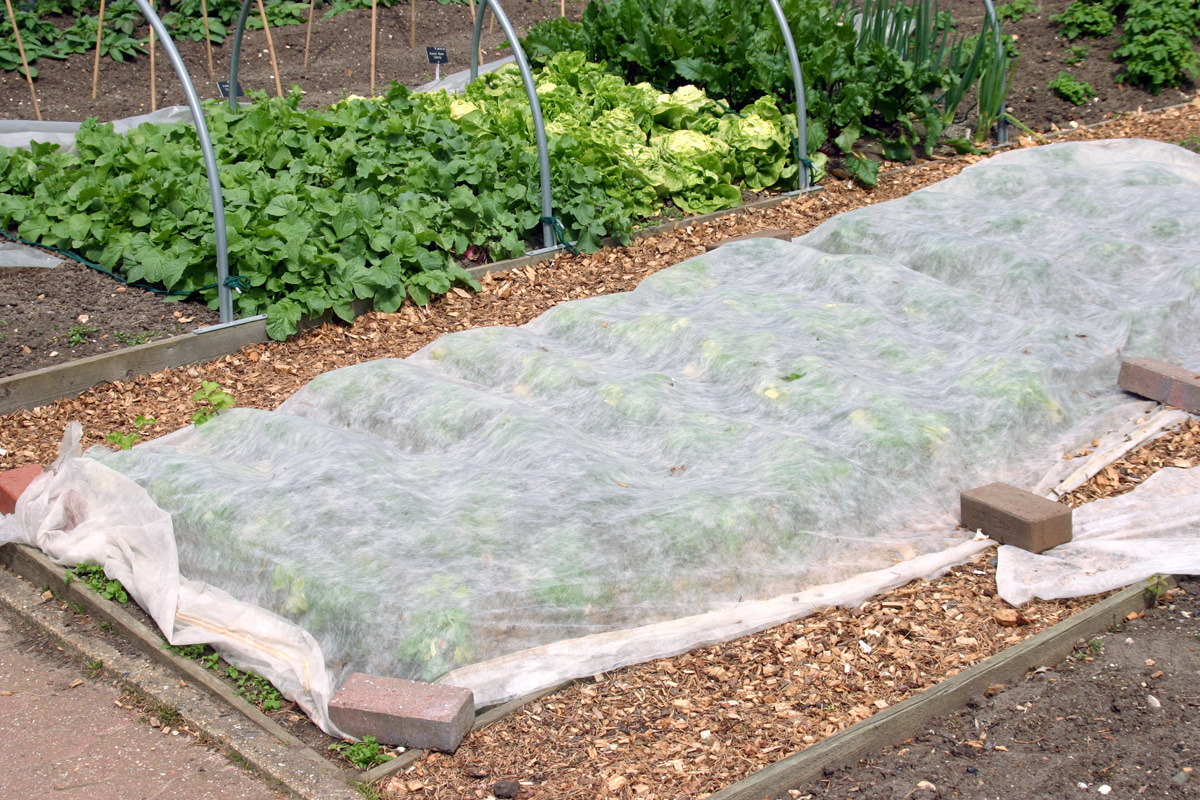
Professional-grade
Floating row covers provide the most flexible protection system because Premium-grade row covers like Agribon AG-19 protect plants from 4-6°F frost while allowing 85% of sunlight to pass through. The installation of support hoops functions to stop fabric from touching plant foliage because this contact allows cold temperatures to pass through to leaf surfaces. Secure all edges with soil or boards or landscape pins to stop cold air from entering.
The most secure protection happens when you create two protective layers which need to have 6-12 inches of space between them. The trapped air inside the insulation provides extra insulation that offers protection up to 8-12°F. Remove the covers on sunny days when outdoor temperatures reach above 60°F to stop the buildup of heat and moisture.
Double-layer protection systems can provide up to 12°F of frost protection, literally turning a killing frost into a manageable cool snap.
Cold frames provide better protection for small plant groups through their construction with reclaimed windows and twin-wall polycarbonate panels which maximize light entry while maintaining insulation. The frame needs to slope between 15-20 degrees towards the south to achieve maximum solar heating while letting rainwater drain off. The hinged tops function as ventilation systems during hot days but they protect against cold temperatures at night.
Position cold frames against south-facing walls or fences to benefit from the heat stored in the thermal mass and the wind protection that these structures provide. The structures absorb sunlight which warms up the interior space by 10-15 degrees Fahrenheit during sunny days to create ideal conditions for continuous tomato farming. The process requires daily internal temperature checks together with ventilation system adjustments when the interior temperature hits 75°F.
The system uses water-based thermal mass technology to deliver innovative protection through its method of placing large water containers throughout growing spaces which absorb daytime heat for nighttime release. A 5-gallon water container will release 1,800 BTUs of heat as it cools from 70°F to 40°F which will provide substantial frost protection for nearby plants.
Indoor Transition Strategies for Container Plants
The successful transfer of container-grown tomatoes into indoor environments requires thorough planning and exact execution to minimize plant stress while maintaining high production levels. The solution requires a structured adaptation process that needs to be implemented with the creation of indoor spaces which duplicate outdoor environmental conditions.
The nighttime temperature becomes permanently below 45 degrees Fahrenheit which marks the start of the transition period. However, success depends on starting the process 2-3 weeks before this threshold, gradually reducing outdoor exposure to prepare plants for the lower light conditions indoors. Move plants to shaded outdoor areas for longer periods of time to help them develop tolerance for lower light conditions.
The facility needs to maintain at least 6-8 hours of bright light exposure each day through south-facing windows or additional LED grow lights for ongoing production. Tomatoes require high light intensity for fruit production, with optimal levels of 2,000-3,000 foot-candles. Standard fluorescent fixtures lack sufficient light output so full-spectrum LED arrays need to be used for meaningful production.
The indoor temperature needs to range from 60 to 70 degrees Fahrenheit during daytime and from 55 to 65 degrees Fahrenheit at night. The process of fruit set becomes less effective when temperatures reach above 75°F and the ripening process becomes much slower when temperatures drop below 50°F. The ability to maintain stable temperatures proves more important than achieving the maximum possible daytime heat.
The practice of humidity management helps solve typical issues that occur in indoor plant cultivation because indoor spaces maintain lower humidity levels than outdoor areas especially when heating systems operate during winter months. The optimal fruit development requires maintaining relative humidity at 60-70% levels to stop blossom end rot from occurring. Maintain the correct humidity levels by using humidity trays or room humidifiers or regular misting systems.
The prevention of fungal diseases in enclosed spaces depends on maintaining suitable air circulation. Small fans should be used to generate soft breezes which will make plant stems stronger while lowering disease threats. The use of direct airflow results in high plant transpiration rates which causes plant stress.
Harvest Timing and Green Tomato Management
The knowledge of tomato ripening processes helps gardeners achieve their highest harvest yields when plants face hard frost conditions. The ripening process of tomatoes includes multiple stages which provide various points for both harvesting and product use.

The breaker stage represents the essential moment when tomatoes start producing ethylene gas which triggers their ripening process. The first signs of color on fruits indicate they will reach full ripeness when kept indoors under suitable conditions thus extending the harvest period by 2-4 weeks past outdoor season.
Check for breaker stage tomatoes by looking at the blossom end where the first color changes will appear as a pale green to white transition. The fruits known as “mature green” have complete seeds embedded in gel which will reach their full flavor potential when kept at 65-70°F.
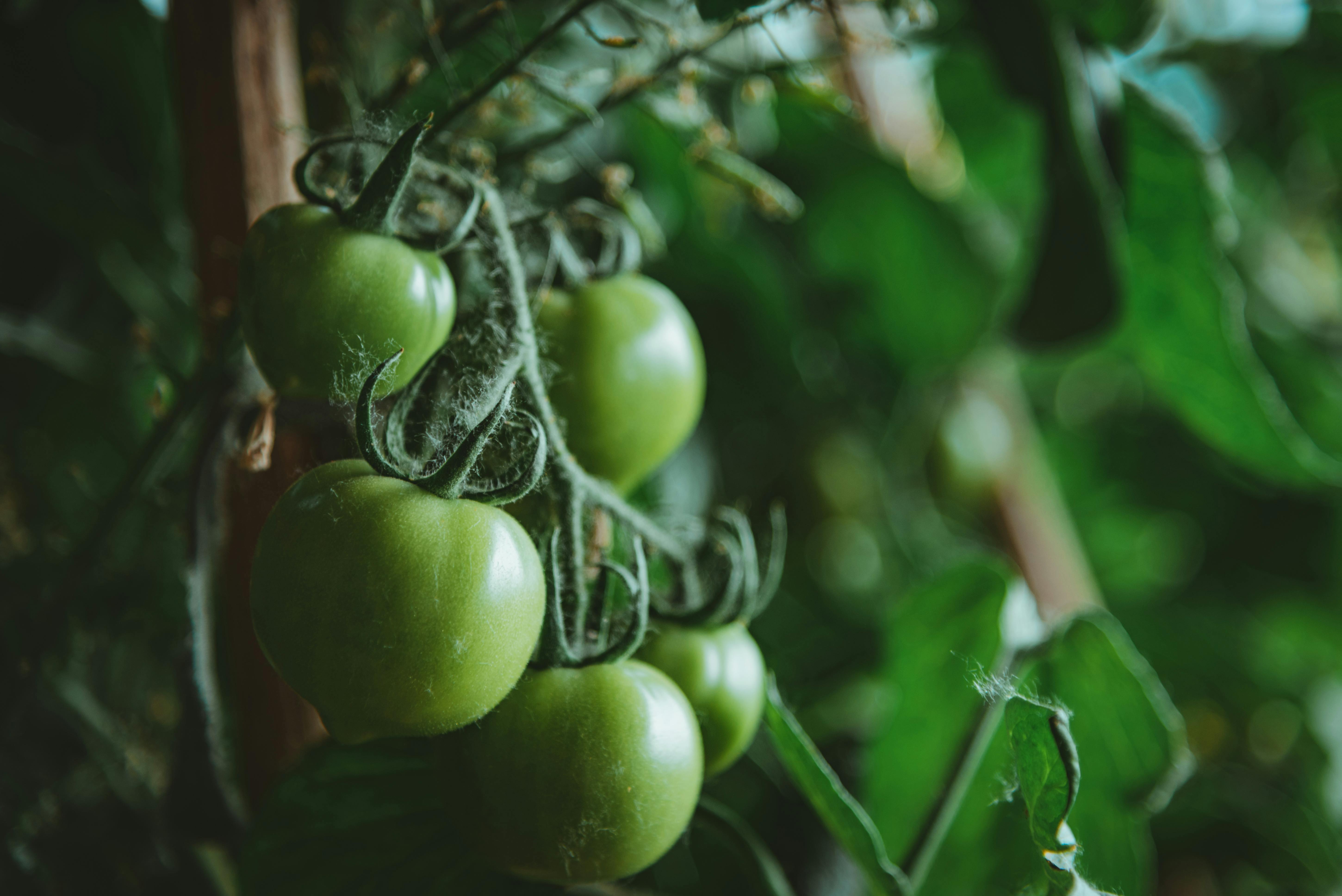
The process of indoor ripening needs particular environmental conditions to succeed. The ripening process requires fruits at the breaker stage to have 1-2 inches of stem attached for maintaining moisture and preventing contamination. Store items in single layers by placing them in cardboard boxes or mesh trays which will help prevent damage and disease transmission. Check fruits every 2-3 days, removing any showing signs of decay.
The ripening chambers speed up the ripening process without compromising the quality of the fruit. Store your harvested fruits inside paper bags with bananas or apples that produce ethylene gas to quicken the ripening process. The daily inspection process fails to detect over-ripeness because fruits ripen too quickly between daily inspections.
Properly managed green tomatoes can continue ripening for 4-6 weeks indoors, effectively doubling your harvest window.
The practice of using green tomatoes enables farmers to extract additional value from their harvest period. Mature green tomatoes provide chefs with multiple cooking possibilities because they can be used to make traditional fried green tomatoes as well as tangy relishes and chutneys. The time to harvest fully developed green fruits needs to be before hard frost arrives because it allows for both fresh eating and storage options.

Green tomatoes stored at 55°F can last between 4 to 6 weeks when handled correctly. Wrap individual fruits in newspaper and store in single layers in cool, dark locations. Check weekly for ripening initiation, moving fruits showing color development to warmer areas for completion.
The last harvest method requires growers to remove complete plants from the garden for indoor drying. Dig plants gently while removing excess soil from their roots before placing them upside down in dark cool spaces such as basements or garages. Fruits will continue ripening slowly over 2-4 weeks, providing the last fresh tomatoes of the season.
Conclusion
The detailed methods will lead to a 6-10 week extension of fresh tomato production after the outdoor growing season finishes. Multiple customized cultivation methods need to be used for success achievement because they match specific environmental conditions and regional climates. The money spent on season extension projects leads to continuous access to fresh homegrown produce which extends past the normal harvest period.
With proper planning and execution of these seven strategies, gardeners can enjoy fresh, vine-ripened tomatoes well into November and even December in milder climates.
Additional Resources:

